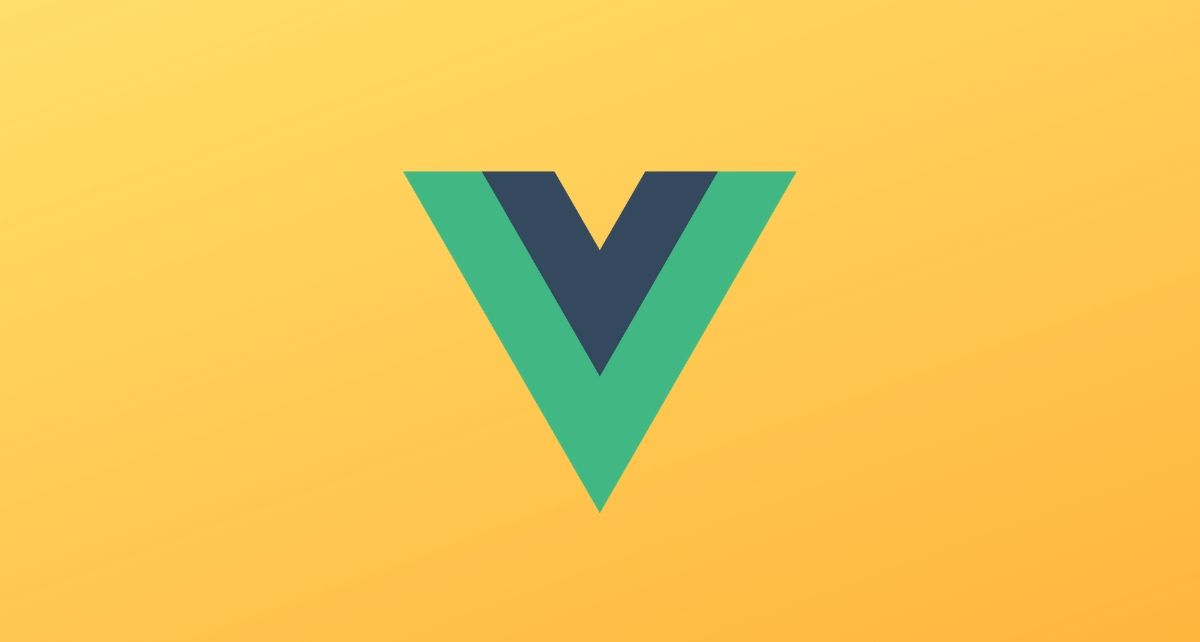Vue中组件通信的常用方式
父组件 => 子组件:
-
属性props
// child props: { msg: String } // parent <HelloWorld msg="Welcome to Your Vue.js App"/> -
引用refs
// parent <HelloWorld ref="hw"/> this.$refs.hw.xx = 'xxx' -
子组件chidren
// parent this.$children[0].xx = 'xxx'
子组件 => 父组件:自定义事件
// child
this.$emit('add', good)
// parent
<Cart @add="cartAdd($event)"></Cart>
兄弟组件:通过共同祖辈组件
通过共同的祖辈组件搭桥,$parent或$root。
// brother1
this.$parent.$on('foo', handle)
// brother2
this.$parent.$emit('foo')
祖先和后代之间
-
provide/inject:能够实现祖先给后代传值
这对选项需要一起使用,以允许一个祖先组件向其所有子孙后代注入一个依赖,不论组件层次有多深,并在起上下游关系成立的时间里始终生效。
// ancestor provide() { return {foo: 'foo'} //响应式 } -----or---- provide: { name: 'Aresn' //非响应式 } // descendant inject: ['foo','name']需要注意的是:provide 和 inject 绑定并不是可响应的。这是刻意为之的。然而,如果你传入了一个可监听的对象,那么其对象的属性还是可响应的。
所以,上面 A.vue 的 name 如果改变了,B.vue 的 this.name是不会改变的。
任意两个组件之间:事件总线 或 vuex
-
事件总线:创建一个Bus类负责事件派发、监听和回调管理
// Bus:事件派发、监听和回调管理 class Bus{ constructor(){ // { // eventName1:[fn1,fn2], // eventName2:[fn3,fn4], // } this.callbacks = {} } $on(name, fn){ this.callbacks[name] = this.callbacks[name] || [] this.callbacks[name].push(fn) } $emit(name, args){ if(this.callbacks[name]){ this.callbacks[name].forEach(cb => cb(args)) } } } // main.js Vue.prototype.$bus = new Bus() // child1 this.$bus.$on('foo', handle) // child2 this.$bus.$emit('foo')不过因为Vue中自带了$on,和$emit所以不用这么写,直接new一个Vue挂载到原型上就可以
-
vuex:创建唯一的全局数据管理者store,通过它管理数据并通知组件状态变更



 浙公网安备 33010602011771号
浙公网安备 33010602011771号